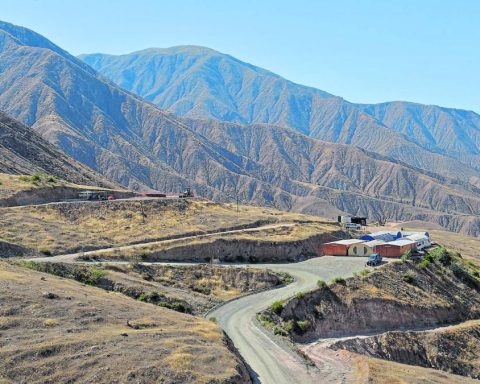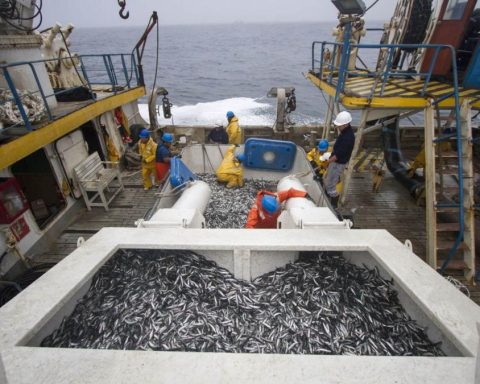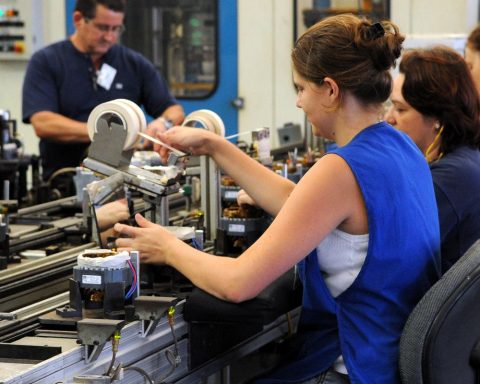The rise in food prices in the basic basket is a concern that affects more Peruvian families every day. So far this year there has been a significant variation in the costs of products, this due to the increase in the Index of Consumer Prices (CPI).
According to the latest report from the National Institute of Statistics and Informatics (INEI), inflation in Metropolitan Lima had a monthly growth of 0.52% in September. In addition, the annual variation (October 2021 – September 2022) of prices reached 8.53%.
Given this context, it is important to know which are the foods that have increased in price the most in recent weeks and if they could continue to rise.
By how much did the main products rise in price?
According to Midagri’s Supply and Price Information System (Sisap), the product that has changed the most to date compared to September is the strong avocado, which today costs S/ 6.85 per kilo, while the previous month it had a price of S/ 5.24 per kilo. That is, an increase of S / 1.61.
It is worth mentioning that the figures that appear in the report are based on the Great Wholesale Market of Lima, since in the retail markets the prices can rise a little more even.
Other foods that have risen are the huayro potato with a price of S/ 3.43 per kilo, while in September it could be bought for S/ 3.09 and the tomato at S/ 1.85 per kilo, that is, S/ 0.33 more.
On the other hand, bagged lemons are one of the products that have experienced successive increases since August. In July, its wholesale price was S/ 1.72 per kilo and as of today (October) it is quoted at S/ 4.50 per kilo, which represented an increase of approximately 138%.
On the fruit side, the Creole pineapple is the one that increased the most in price. To date, it costs S/ 1.54 per kilo, while last month it was S/ 1.02 per kilo.
In addition, silk banana and jungle papaya cost S/ 2.29 and S/ 1.85, that is, 0.27 and 0.37 cents more than in September, according to Midagri.
Will the price rise continue?
The inflationary phenomenon has had a strong impact on food products, which worries a large part of the population. This year we have seen that products such as chicken, eggs, beans and other staple foods have increased in value by more than 100%.
Today, a kilo of chicken that before the pandemic could cost around S/ 6 a kilo, in some markets is priced at more than S/ 10, which represents a price increase of close to 100%.
Along these lines, the Midagri points out that the global economic crisis and inflation will continue in the coming months, Y Although it will not give rise to a higher percentage of prices, they will remain high.
It is true that some food and commodities have fallen a bit in recent months, according to Sisap data, but they are still high when compared to the pre-pandemic period. Some economists even estimate that these high costs could be maintained until 2024.
What is the reason for the rise in product prices?
According to Midagri data, the factors that have influenced the price increase respond to three main factors:
- The cost of fertilizers. According to technicians from the producing areas, the high costs of these inputs also increase the production costs of certain products, especially citrus fruits and tubers.
- High freight in transport. The increase in fuel prices caused increases in marketing costs, since the product has to be moved from the producing areas to the wholesale markets and then distributed to the different retail markets.
- Minor crops. In the case of certain products, such as potatoes, there have been smaller harvests of the crop due to its seasonal behavior. This seasonality slows down the entry of the product to the Lima markets, so the cost goes up.
- Inflation. The Consumer Price Index (CPI) in Metropolitan Lima registered a rise of 0.52% during the month of September, which directly affects product prices.

















